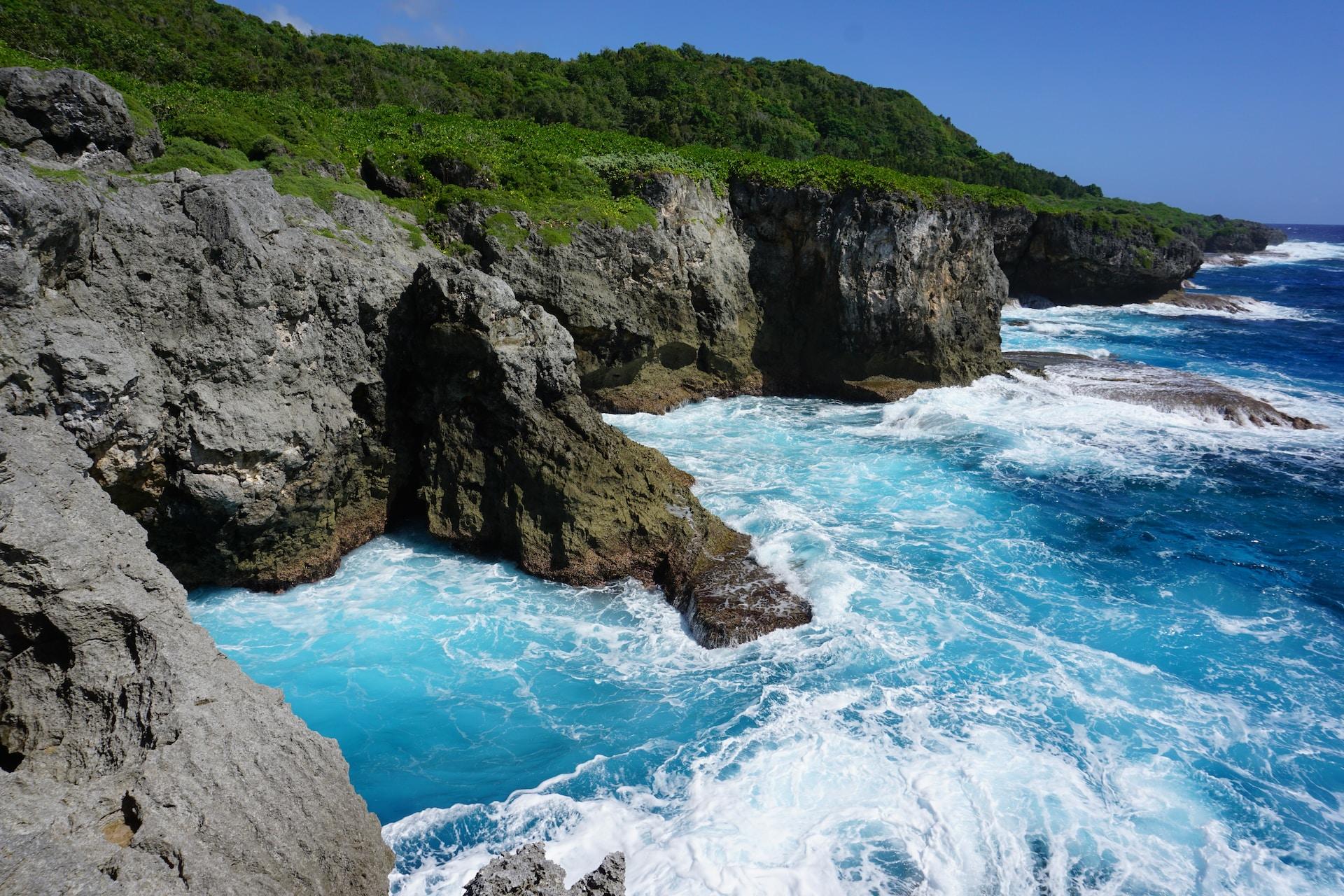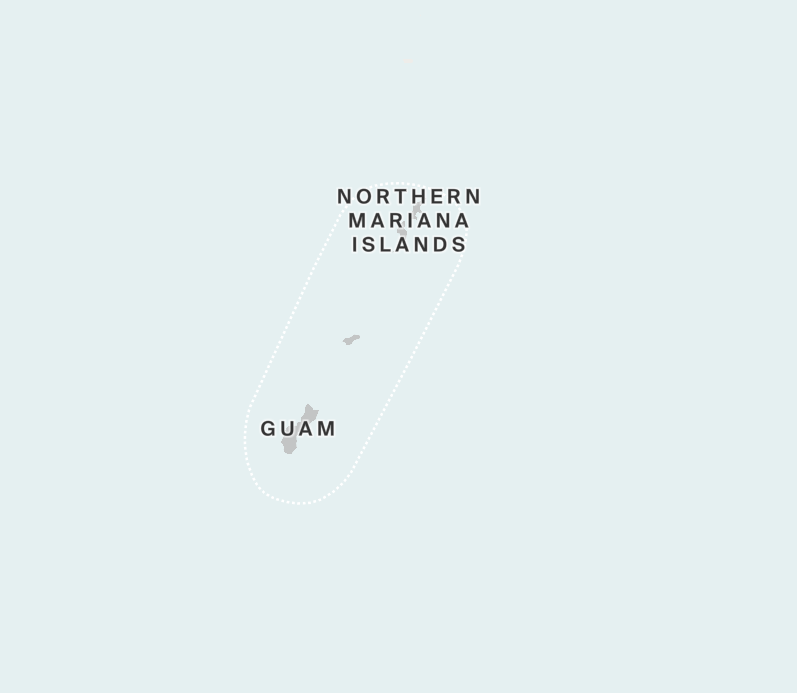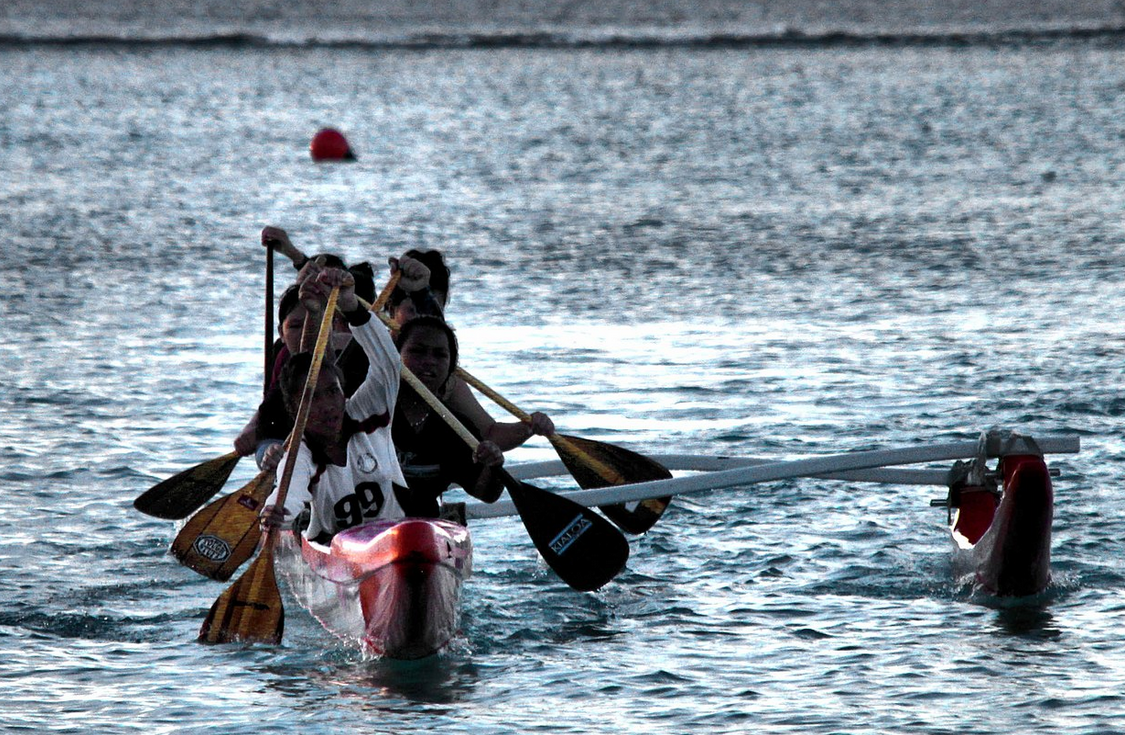What is Guam DNA Ethnicity on Ancestry?
The results of our AncestryDNA tests may sometimes be what we expect or on occasion may be a big surprise. Either way, often we need a little more information regarding some of the regions that arise in our ethnicity estimates.

One region that is not at all uncommon is the Guam DNA region. Those who still live in this region already understand all about its history and culture. There are others, however, who may never have even visited or in fact been aware that they have ancestors from that area.
In this post we will go into more detail with regards to the history, geography and culture of the Guam region. We will also discuss what it means to be from this region and how easy or difficult it might be to trace our roots in the Guam Region.
What Is the Guam DNA Region?
The Guam DNA region is located in the Pacific Ocean east of the Philippines and to the west of Hawaii. It consists of the Island of Guam as well as the Northern Mariana Islands. It sits north of Papua New Guinea and to the South of Japan set apart from any major land mass by miles of ocean.

Guam DNA Region Subregions
The Guam DNA has one additional subregion. This is known as the Guam & Mariana Islands. Possessing DNA from this subregion may help a researcher to more accurately determine where their most recent ancestor from this small region may have been born.
Guam Region History
It is thought that the island of Guam and the nearby Mariana Islands were the first islands in what is referred to as Oceania to see human settlement. The humans who settled these islands are thought to have undertaken the first and longest ocean crossing voyage by the Austronesian peoples.
Austronesians
The Austronesians were a prolific group among the islands of Asia and accordingly, they were a seafaring group who spread well beyond the Southeast Asia DNA region. Their expansion in the region began around 2,200 BC.
As the Austronesians spread out they took with them their language and some notable cultural traditions. These include tattooing, stilt houses, jade carving, wetland farming and rock art.
Indications are that the Austronesians first settled in Guam around 1,500 – 1,400 BC. It is thought that groups who had settled in the Philippines were the first to migrate to the region followed later by a group from the Caroline Islands around the first millennium AD. A final third wave around 900 AD again emanated from either the Philippines or Indonesia.
The Chamoru People
These several waves of original settlers to Guam and the Northern Mariana Islands eventually developed into the Chamoru people. They are historically known as the Chamorros by the first Spanish explorers who first encountered them. This ancient Chamoru society had four distinct social classes: chamorri (chiefs), matua (upper class), achaot (middle class), and mana'chang (lower class).

The matua were a coastal dwelling group, this meant that they had the best access to the surrounding fishing grounds. The mana'chang however were located further into the island's interior. These two groups rarely communicated with each other and would instead use the achaot as intermediaries.
The Chamoru people in the Mariana Islands built colonnades of megalithic capped pillars known as latte stones atop which they would construct their homes. These latte-stones were essentially used as a foundation on top of which thatched huts were built.
Spanish Arrival
The first European interest in Guam was from the explorer Ferdinand Magellan, a Portuguese sea captain who was actually sailing under the flag of Spain. Magellan sighted the islands on his circumnavigation of the globe in 1521.
It would be some years later in 1565 that Spain would finally return and lay claim to the islands. This would make Guam and the Northern Mariana Islands the only Spanish outposts in the Pacific east of the Philippines. It would remain in Spanish hands until 1815.
Spanish colonization began in 1668 and as was often the case the local population was taken over and forced to live under Spanish rule. This would eventually bring various types of immigration to the region from the west in the form of Philippine, Chinese and Japanese immigrants. The local population began to intermarry with these groups, many of whom had Austronesian heritage themselves.
The United States
In the wake of World War II Guam became an unincorporated organized territory of the United States. When this occurred it made the local population eligible for US citizenship. However as Guam is not a state its citizens can not vote in presidential elections.
How Did You Get Guam Region DNA?
If you already know that you had family who came from Guam or any of the bordering states then you know why you have Guam region DNA. If this result came as a surprise you may not know how exactly you came by DNA from this region.
If you have a sizable percentage of DNA from this region then it is likely you have an ancestor who was born in or close to the country of Guam.
Is the Result Accurate?
When it comes to ethnicity estimates the higher the percentage you have from a certain region the more likely it is to be accurate. If your percentage is low, however, then it is harder to pinpoint exactly where your most recent ancestors came from.
A low result could mean a distant ancestor from that region. It is best to focus on your highest rated region's matches to determine where your ancestors came from more recently. A low percentage can often be hard to locate because the ancestor in question could be many generations back in your tree.
How to Research my Ancestry from These Regions
The results of a DNA ethnicity test are of course a great place to start especially if there is an unexpected result found in the report. As always of course the DNA cannot tell the whole story and we need to actually do the research work.
A percentage on an ethnicity estimate means very little unless you follow through and start building up your family tree. The relevant ancestors may be several generations back and it may take a lot of research to discover who they were.
If you have specific regions mentioned in your report then you have a good idea of where your ancestor may have originated from. Ancestry DNA even has migratory information from some of these regions through to the final settlement places in the United States or elsewhere in the world.
Using Ancestry you may be able to determine not only who your ancestors were but where they are from in the region and perhaps the reason they decided to move.
Guam Migration
This small island region has not seen mass immigration out of the area although all those born on Guam are US citizens and as such can move to and live in the United States if they so wish. Migration has always been on a small scale and between other Pacific islands if not to the United States.

Final Thoughts
Guam and the Mariana Islands make up the AncestryDNA Guam DNA region. This is not a large region but it is home to a people who largely descended from Austronesians by way of the Philippines. They had remained largely isolated for thousands of years until the Spanish arrived in the 16th century.
During hundreds of years of Spanish world immigration came to the islands not only from Europe but also East Asia. A combination of the indigenous peoples and these migrant groups is what goes into the DNA from this region to make it unique.
Link To or Reference This Page
We spent a lot of time downloading, cleaning, merging, and formatting the data that is shown on the site.
If you found the data or information on this page useful in your research, please use the tool below to properly cite or reference Name Census as the source. We appreciate your support!
-
<a href="https://namecensus.com/blog/what-is-guam-dna-ethnicity-on-ancestry/">What is Guam DNA Ethnicity on Ancestry?</a>
-
"What is Guam DNA Ethnicity on Ancestry?". NameCensus.com. Accessed on May 7, 2024. https://namecensus.com/blog/what-is-guam-dna-ethnicity-on-ancestry/.
-
"What is Guam DNA Ethnicity on Ancestry?". NameCensus.com, https://namecensus.com/blog/what-is-guam-dna-ethnicity-on-ancestry/. Accessed 7 May, 2024
-
What is Guam DNA Ethnicity on Ancestry?. NameCensus.com. Retrieved from https://namecensus.com/blog/what-is-guam-dna-ethnicity-on-ancestry/.
